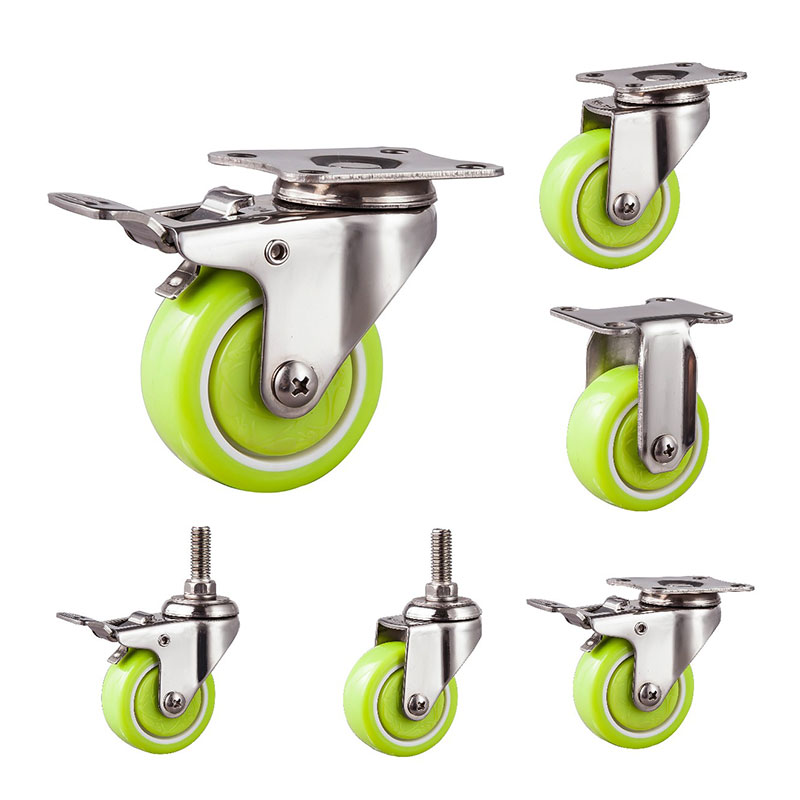Stainless Steel Casters vs. Other Caster Materials – Which One Should You Choose?
2025-04-25
Choosing the right caster can dramatically impact the safety, efficiency, and cleanliness of your operation. But with so many materials available, how does stainless steel stack up against the rest?

1. Stainless Steel vs. Zinc-Plated Steel
Zinc-plated casters are more affordable and suitable for general indoor use. However, they tend to corrode over time in humid or chemical-laden environments. Stainless steel, on the other hand, offers superior corrosion resistance, making it the better option for wet or sterile settings.
2. Stainless Steel vs. Plastic Casters
Plastic casters are lightweight and cost-effective, often used in light-duty applications like office furniture. But they lack the strength and durability required in industrial environments. Stainless steel casters can handle heavier loads and rougher terrains with ease.
3. Stainless Steel vs. Nylon/Polyurethane Casters
Nylon and polyurethane wheels are commonly paired with stainless steel frames to reduce floor damage and noise. While these materials are great for smooth rolling and floor protection, the frame’s material is critical—stainless steel still wins when it comes to exposure to moisture and chemicals.
4. When to Choose Stainless Steel
- Environments requiring frequent cleaning or sanitation
- Areas exposed to water, salt, or corrosive chemicals
- Applications where aesthetics and hygiene matter (like medical or food service settings)
Conclusion
While other caster materials may be cheaper or suitable for dry, clean areas, stainless steel casters are unmatched in tough environments. Their durability, hygienic design, and rust resistance make them the clear winner in critical applications.


